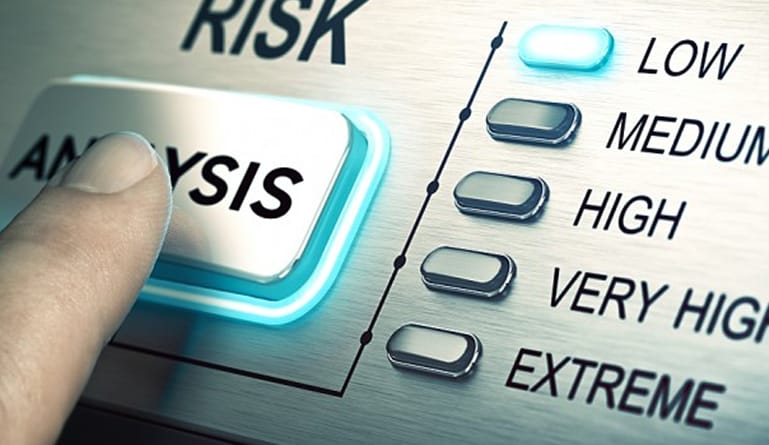Transitioning to a digital economy requires networks to evolve rapidly. Applications, data, and services must flow faster, and in growing volumes, across an increasingly diverse landscape of users, domains, and devices. However, there are many issues that need to be considered, such as:
- Whether the digital footprint of both businesses and individuals have expanded dramatically, increasing the potential attack surface.
- Everything is a target, and anything can be turned into a weapon.
- Threats are becoming more intelligent, autonomous, and increasingly difficult to detect.
Here are the latest trends and the threats they pose:
1. The Internet of Things
The Internet of Things is the next big thing in technology. However, the security challenges of IoT are real. Many IoT devices currently deployed were never designed with security in mind. They often have weak authentication and authorization protocols, easily exploitable software and firmware, poorly designed communications systems, and little to no security configurability.
2. Moving to the Cloud
As companies expand, the data they hold also increases. As a result, they turn to cloud services to store massive amounts of data. Expanding your network into the cloud does not necessarily expand your potential attack surface. The biggest fear is that the cloud is often a black hole to IT teams. They cannot see where the data is being stored, who is accessing it, or whether local security protocols are being enforced once data leaves their environment.
3. Ransomware
The year of 2017 saw a fair share of ransomware attacks. In spite of more money and resources being spent than ever before, sophisticated attacks continue to bypass organizational defences and grab headlines. The primary driver for such cyberattacks is financial, and nothing demonstrates this more than the dramatic rise in ransomware. According to some experts, the total cost of ransomware for 2016 topped a billion dollars, and this success is likely fuelling continued growth.
4. SSL Encrypted Data
The volume of traffic that today’s networks need to consume and process has begun to overwhelm security devices. Because of the sensitive or proprietary nature of much of this data, traffic also needs to be secured using things such as SSL encryption. Encrypting data sounds like a good idea. But today’s hackers are almost as good as Alan Turing, the man who cracked the uncrackable German Enigma code. This poses a massive threat.
5. The Cybersecurity Skills Gap
Companies are facing a severe global shortage of skilled cybersecurity professionals. Estimates run as high as a million unfilled cybersecurity jobs globally. You cannot plan, design, implement, manage, analyze, assess, or improve your security posture if you don’t have people on your team with adequate security skills who also understand your short- and long-term business objectives and the security ramifications of the radical changes happening in the network.
Want to improve security amid your networking infrastructure, click the link below to watch a quick video and to download the whitepaper. Networking Trends That Every Security Leader Needs to Be Aware of





